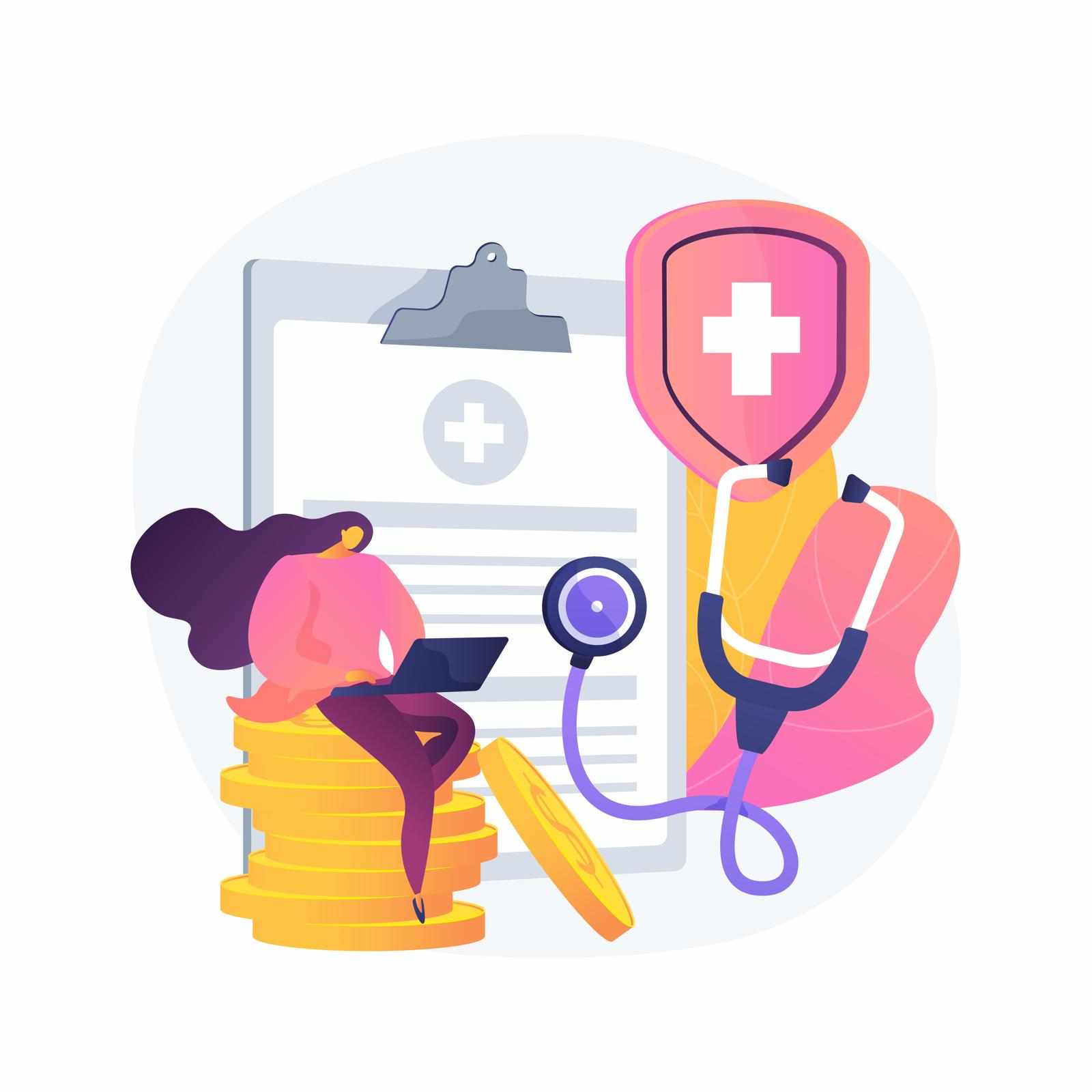
In healthcare, getting patient feedback is crucial. For years, hospitals and clinics have relied on patient surveys to understand how well they're doing. But now, real-time feedback tools are becoming popular. So which approach is better? Let's dive into the world of Patient Surveys vs Real Time Feedback Mechanisms and see how they stack up.
Old Reliable: Patient Surveys
Patient surveys have been around for a long time. They're like report cards for healthcare providers. After a hospital stay or doctor's visit, patients get a form to fill out. These surveys ask about different parts of their experience.
What do patient surveys cover?
They might ask about:
- How clean the facilities were
- If the staff was friendly and helpful
- Whether the patient felt listened to
- If their pain was managed well
- How clear the discharge instructions were
Surveys give a broad view of patient experiences. They help healthcare providers spot trends and make big-picture improvements.
The New Kid on the Block: Real-Time Feedback
Real-time feedback is exactly what it sounds like. It's getting patient input right away, not weeks later. This can happen in many ways:
- Touchscreens in waiting rooms
- Text messages after appointments
- Apps that let patients rate their experience
- Quick chats with staff before leaving
Real-time feedback aims to catch issues fast. If something's wrong, staff can fix it right away. It's like having a constant pulse on patient satisfaction.
Pros of Patient Surveys
Patient surveys have some clear advantages:
1. They're detailed: Surveys can ask lots of questions about different aspects of care.
2. They give time for reflection: Patients can think about their whole experience before answering.
3. They're good for comparing: Hospitals can see how they stack up against others using the same surveys.
4. They're familiar: Many patients and providers are used to this system.
Cons of Patient Surveys
But surveys aren't perfect. Here are some drawbacks:
1. Low response rates: Many patients don't bother filling them out.
2. Delayed feedback: By the time survey results come in, issues might have gotten worse.
3. Bias towards extremes: Often, only very happy or very unhappy patients respond.
4. They can be long and boring: This might lead to rushed or careless answers.
Pros of Real-Time Feedback
Real-time feedback mechanisms have their own perks:
1. Immediate action: Problems can be addressed on the spot.
2. Higher response rates: It's easier for patients to give quick feedback.
3. Ongoing improvement: Staff can make small tweaks all the time.
4. It feels more personal: Patients see their input matters right away.
Cons of Real-Time Feedback
But real-time feedback isn't without flaws:
1. It can be less detailed: Quick feedback often means simpler questions.
2. It might miss the big picture: Focusing on immediate issues could overlook larger trends.
3. It can be disruptive: Constant feedback requests might annoy some patients.
4. There's pressure to respond: Patients might feel obligated to give positive feedback.
Finding the Right Balance
So, which is better? The truth is, both have their place. Many healthcare providers are now using a mix of both methods.
Here's how they might work together:
- Use real-time feedback for quick fixes and day-to-day improvements.
- Use surveys for deeper insights and long-term planning.
- Combine data from both to get a full picture of patient experiences.
This balanced approach helps catch immediate issues while still tracking long-term trends.
Making the Most of Patient Feedback
No matter which method you use, some tips can help:
1. Keep it simple: Whether it's a survey or a quick rating, make it easy to understand and complete.
2. Act on the feedback: Show patients their input leads to real changes.
3. Train staff on the importance of feedback: They should encourage patients to share their thoughts.
4. Use technology wisely: Choose tools that fit your patients' preferences and abilities.
5. Be transparent: Share results and improvements with patients and staff.
Future of Patient Feedback
As technology evolves, so will feedback methods. We might see:
- AI-powered chatbots gathering patient feedback
- Virtual reality simulations to recreate and analyze patient experiences
- Wearable devices tracking patient satisfaction in real-time
The goal will always be the same: understanding and improving patient experiences.
Conclusion
Both patient surveys and real-time feedback mechanisms have their strengths. Surveys offer depth and comparability. Real-time feedback provides quick action and higher engagement. The best approach often combines both.
Remember, the most important thing is listening to patients and using their feedback to improve care. Whether through surveys or instant feedback, the patient's voice should always be heard and valued.
Are patient surveys still relevant?
Yes, surveys still provide valuable in-depth information and allow for benchmarking against other healthcare providers.
How often should we collect real-time feedback?
It depends on your setting. For inpatient care, daily might be appropriate. For outpatient visits, after each appointment works well.
What if patients don't want to give feedback?
Always respect patient wishes. Make feedback voluntary and explain its importance in improving care.
How can we increase survey response rates?
Keep surveys short, offer multiple ways to respond (paper, online, phone), and explain how the feedback will be used.
Can real-time feedback replace patient surveys entirely?
While real-time feedback is valuable, it's often best used alongside surveys for a complete picture of patient experiences.





















Write a comment ...